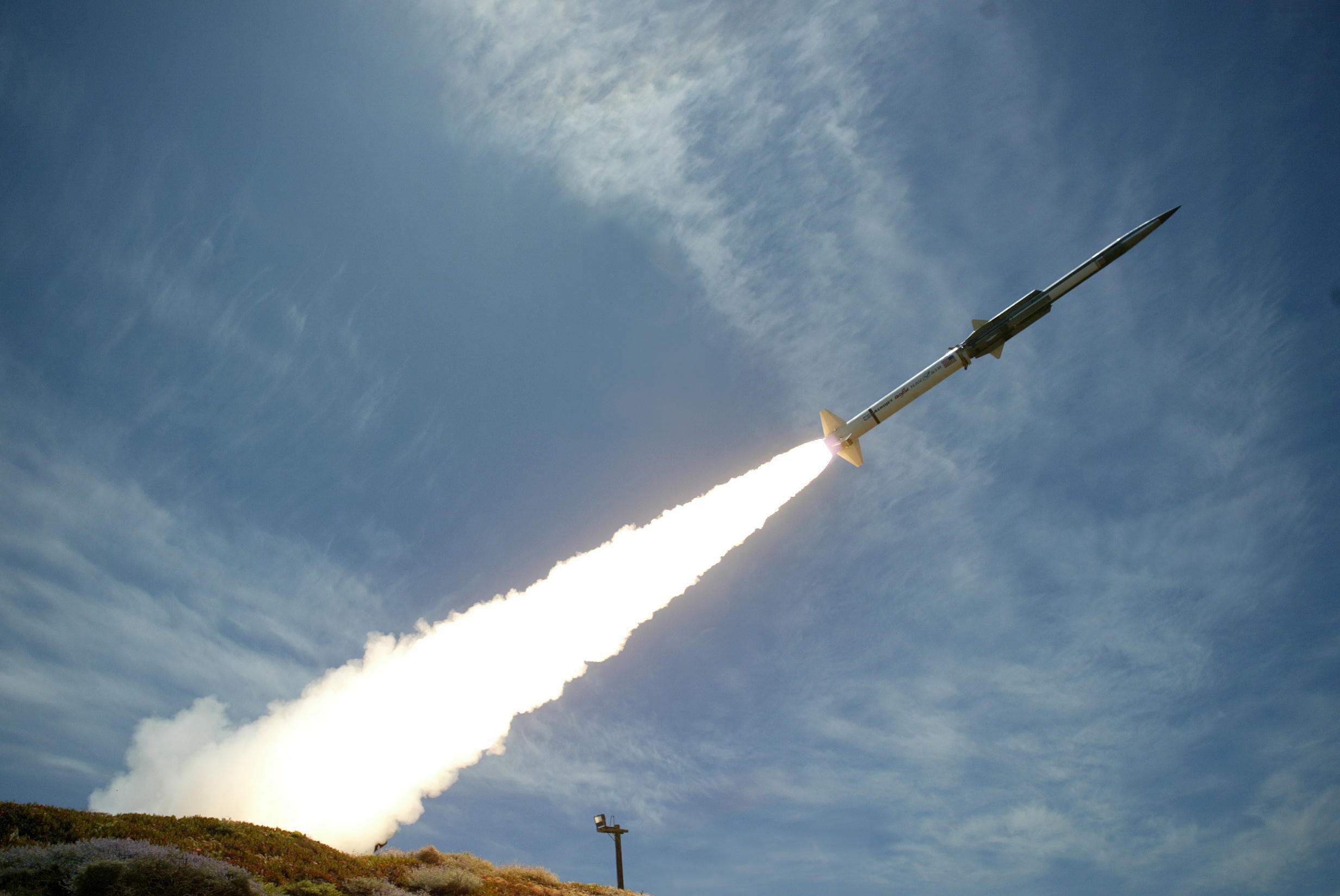The DRDO started the Indigenous Technology Cruise Missile (ITCM) programme a long time ago as a technological demonstrator for the localization of the Subsonic Cruise Missile programme, which is nearing completion now that the missile system has successfully integrated the locally developed Manik Small Turbo Fan Engine (STFE).
The ITCM program’s precursor, Nirbhay, was tested utilising Russian NPO Saturn 36MT and inducted in small quantities. The Long-Range Land Attack Cruise Missile (LR-LACM), which will have a range of over 1,500 kilometres, will begin trials in early 2023, thanks to plans to construct eight indigenous Manik compact turbofan engines this year.
The Long-Range Land Attack Cruise Missile (LR-LACM) programme will benefit from the expertise obtained in the Nirbhay ITCM programme. The Long-Range Land Attack Cruise Missile (LR-LACM) programme will benefit from the expertise obtained in the Nirbhay ITCM programme.
The DRDO has prioritised the development of the Ship-borne variant, which will first be tested from a ground-based launcher before being integrated onto a navy warship.
Because the LR-LACM can be launched from the BrahMos Universal Vertical Launcher Module (UVLM) mounted on all frontline warships, there is no need to fabricate a new canister module when it goes into production.
The underwing pylon of the BrahMos air launched variant, which was developed for launches from the Su-30, can also be used to launch the air-launched LR-LACM variant, while the Indian Army’s truck-mounted LR-LACM, as well as submarine-launched variants, are in the works, with more than 20 trials planned between 2023 and 2026.
